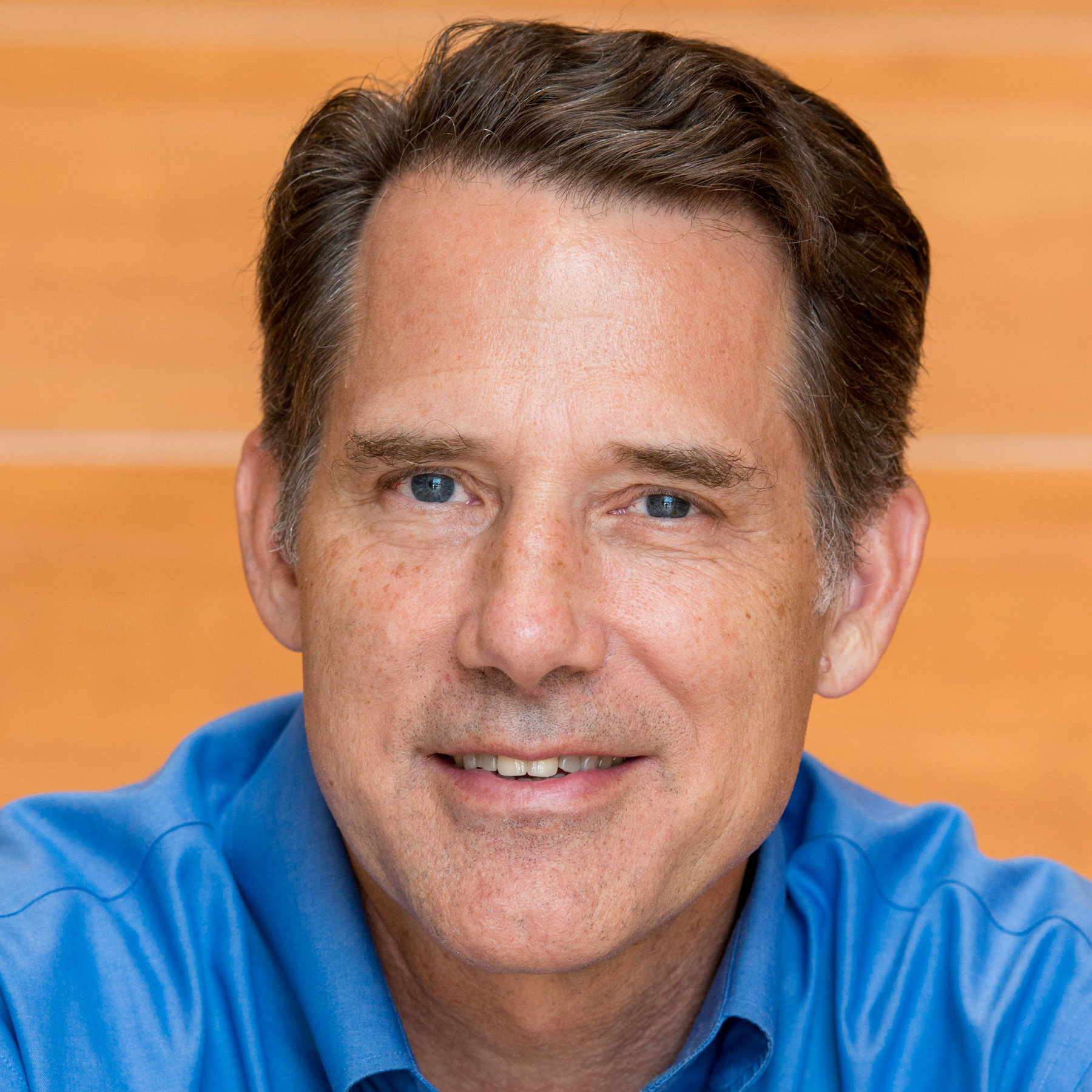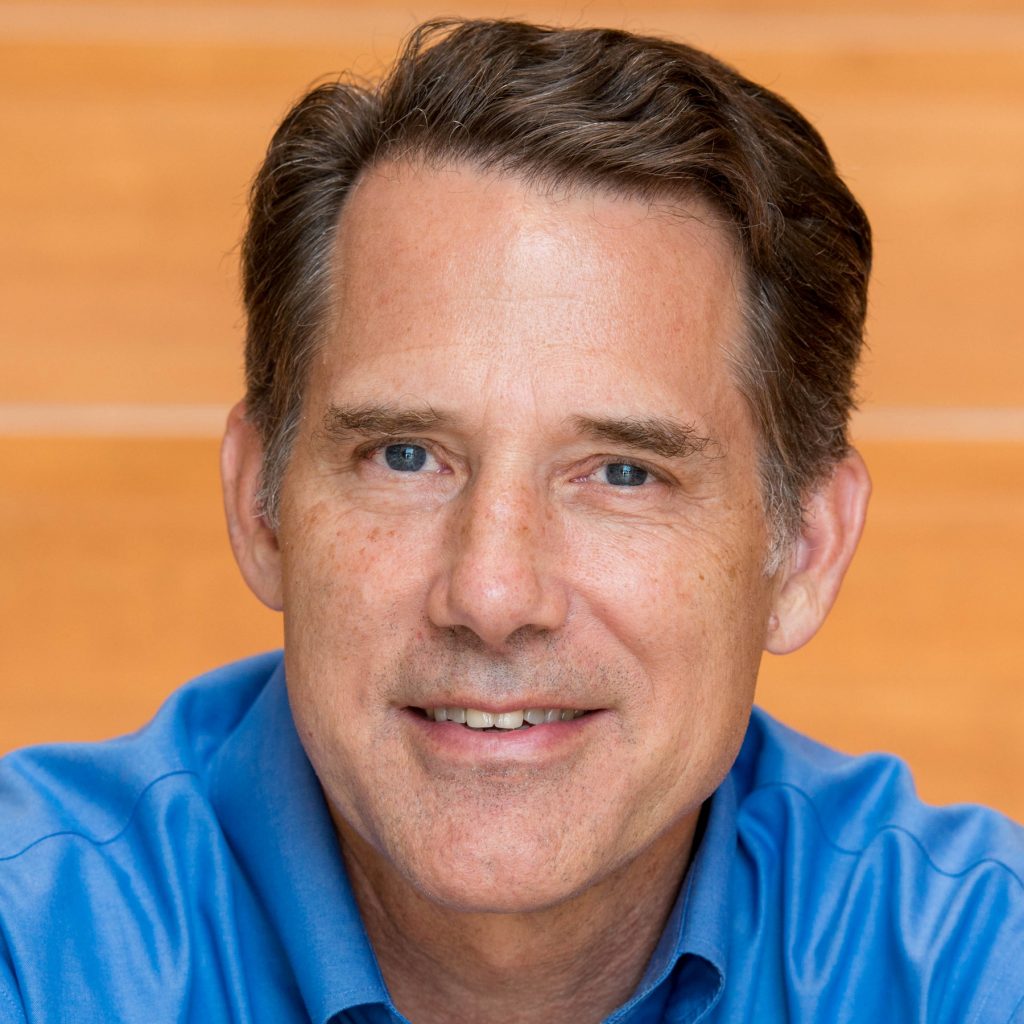
For those that enjoy certain hallmarks of summer – a more relaxed pace (or so the perception … ), summer intern programs, vacations, or uniquely summer-time activities with family, friends, and co-workers – the first few crisply cool mornings and lower temperatures along with the advent of seasonal change, can feel abrupt but invigorating.

Along with back-to-school and autumn colors, fall also brings Architecture Exchange East. In my home state of Minnesota, we call our end-of-summer ritual – the Minnesota State Fair – The Great Annual Get-Together. In Virginia, I think of ArchEx as our great annual architecture get-together. While the place to connect and refresh, with the theme of re:culture, ArchEx 2019 promises an array of compelling keynotes – Dwayne Oyler from Oyler Wu Collaborative, Pascale Sablan, AIA, from S9ARCHITECTURE, and Patricia Gruits of MASS Design Group – an abundance of CEU options curated into learning zones, and the recognition and celebration of design awards and 2019 honorees.
Fall can also usher in a time of reflection, analysis, and year-end observations. In that spirit, I’d like to pose a question. While travelling recently to Denmark and Sweden with Hanbury colleagues and architecture alums of Virginia Tech and the University of Tennessee on the 15th annual Jane C Rathbone Hanbury International Design Retreat, I was struck by a question that I saw on a t-shirt at the BLOX, home of the Danish Architecture Center (DAC by OMA) in Copenhagen –
what if architecture could change the world?
Great question. Especially while wandering Copenhagen where in-the-midst of wonderful historic and innovative contemporary architecture, it’s hard to miss the apparent correlation between the social, aesthetic, and transactional dynamics of the built and natural environments that seem to positively impact the quality of life there.
The Hanbury retreat contingent is exploring this question, having left Copenhagen with a lasting impression that architecture just may have a significant role to play in changing – for the better – the world we live in. We saw creative solutions where accommodating people is elevated above accommodating the automobile, where saving energy, raising building performance, and providing healthier solutions – essentially putting a premium on pleasure and quality of life over first costs – made us wonder…
What if –
- a flat city could have a mountain;
- urban hi-rise housing had neighborhood sidewalks… front porches… gardens;
- everyone had access to sunlight + air;
- cars were subservient to people;
- more people biked than drove – or at least more biked and took mass transit;
- we exported our recycled matter as manufacturing raw materials;
- high-efficiency clean incineration allowed us to be paid to incinerate other country’s garbage;
- we mixed heavy utilities and recreation;
- residents and restaurants grew their own food;
- our buildings generated so much power that we exported it;
- we valued pleasure and quality of life over first costs!
While admittedly, architecture alone can hardly address the significant environmental and social challenges that we face – it’s not the answer – but it’s conceivable that architecture can be an enabler or medium of change. We saw evidence of this in Denmark, which has prompted our group to wonder what the applications might be here in Virginia. And so, as we explore this, I put the question to AIA Virginia members and any others that might read this – In your estimation, can architecture change the world, and if so, in what ways? Please forward your thoughts to me at – rreis@hewv.com.
I look forward to hearing from you and thank you for your ongoing support of AIA Virginia.
Rob V Reis, AIA, LEED AP
President
AIA Virginia
